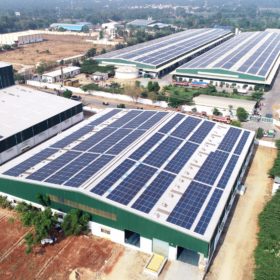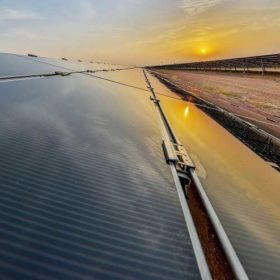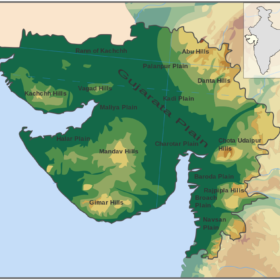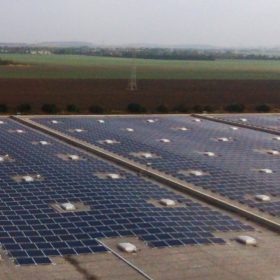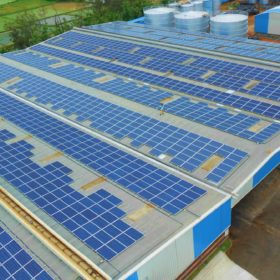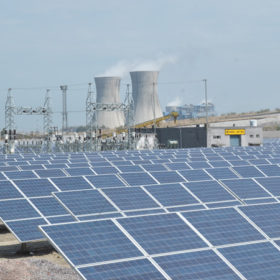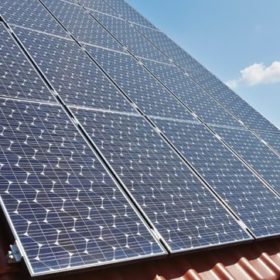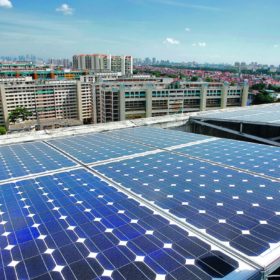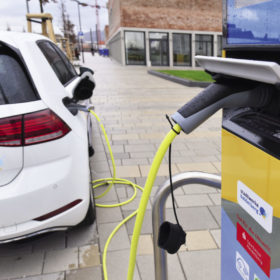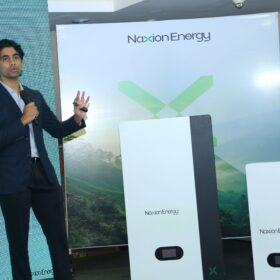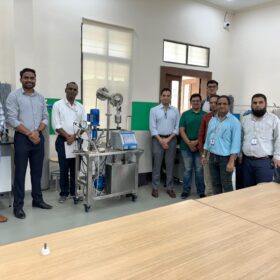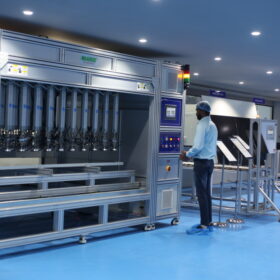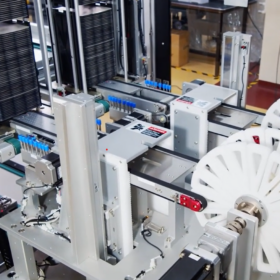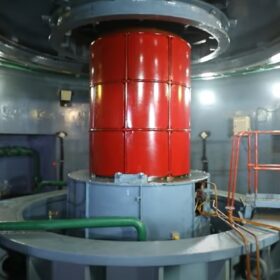Rajasthan eyes 50 GW of solar within six years
The state plans to achieve half the amount by 2021-22 under its new draft solar policy. The package also suggests establishing a research hub, privately financed solar parks and encouraging commercial self-consumption of clean energy.
SECI retenders 97.5 MW rooftop solar projects for government buildings
Global bids are invited for RESCO and CAPEX mode grid-connected projects to be set up in different states and union territories of India. The projects shall be eligible for achievement-linked incentives. Bidding closes on September 30.
Waaree Energies commissions 2.5 MW ‘group captive’ solar project for Raymond
The open access plant was set up on turnkey engineering, procurement and construction basis with the fashion retailer holding 26% ownership of the plant.
Gujarat may lead the renewables race by adding 4-5 GW annually: IEEFA
The state—which had 8.5 GW of renewables capacity (2 GW solar, 6 GW wind and 0.8 GW biomass) operational as of March—is expected to add a staggering 46 GW to reach 55 GW mark by 2029-30.
Jharkhand tenders 10 MW rooftop solar EPC job for government buildings
The projects—to be set up on RESCO model (capital expenditures covered by the installer)—would come up on a total of 100 various government and private consumer buildings across the State.
REIL tenders rooftop solar on government buildings in Ajmer
Bids are invited to set up 370 KWp of grid-connected rooftop solar plants at various government buildings in Ajmer district of Rajasthan. Bidding closes on August 29. Bids will open the following day.
NTPC floats RfS for purchase of 100 MW renewable power
The selection of solar and wind power generators for supply of power will be done through competitive bidding followed by reverse auction. Bidding closes on September 11 and the reverse auction will be conducted on September 13.
CleanMax Solar commissions 345.6KW rooftop solar for Hector Beverages
The ‘Paper Boat’ brand of beverages manufacturer will meet 58% of its energy requirement through rooftop solar power at their manufacturing plant in Mysuru.
Karnataka tops MNRE’s new rooftop PV index
Karnataka has snagged the top spot on the Ministry of New and Renewable Energy’s State Rooftop Solar Attractiveness Index.
IndianOil to invest $3.7bn in green energy projects
The fossil fuel giant announced the plan in its latest annual results. The company envisages rolling out electric vehicle chargers at its petrol and diesel stations.

